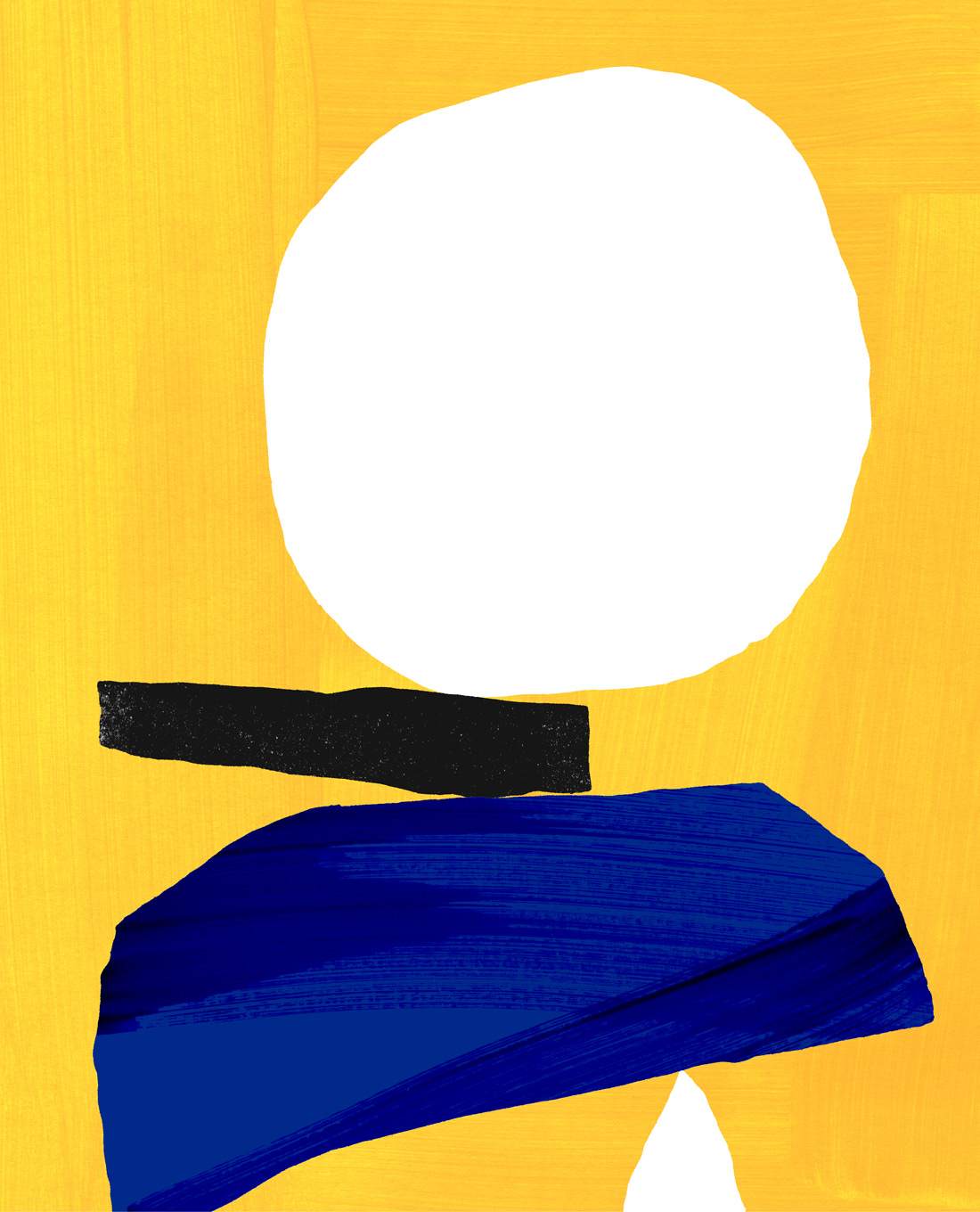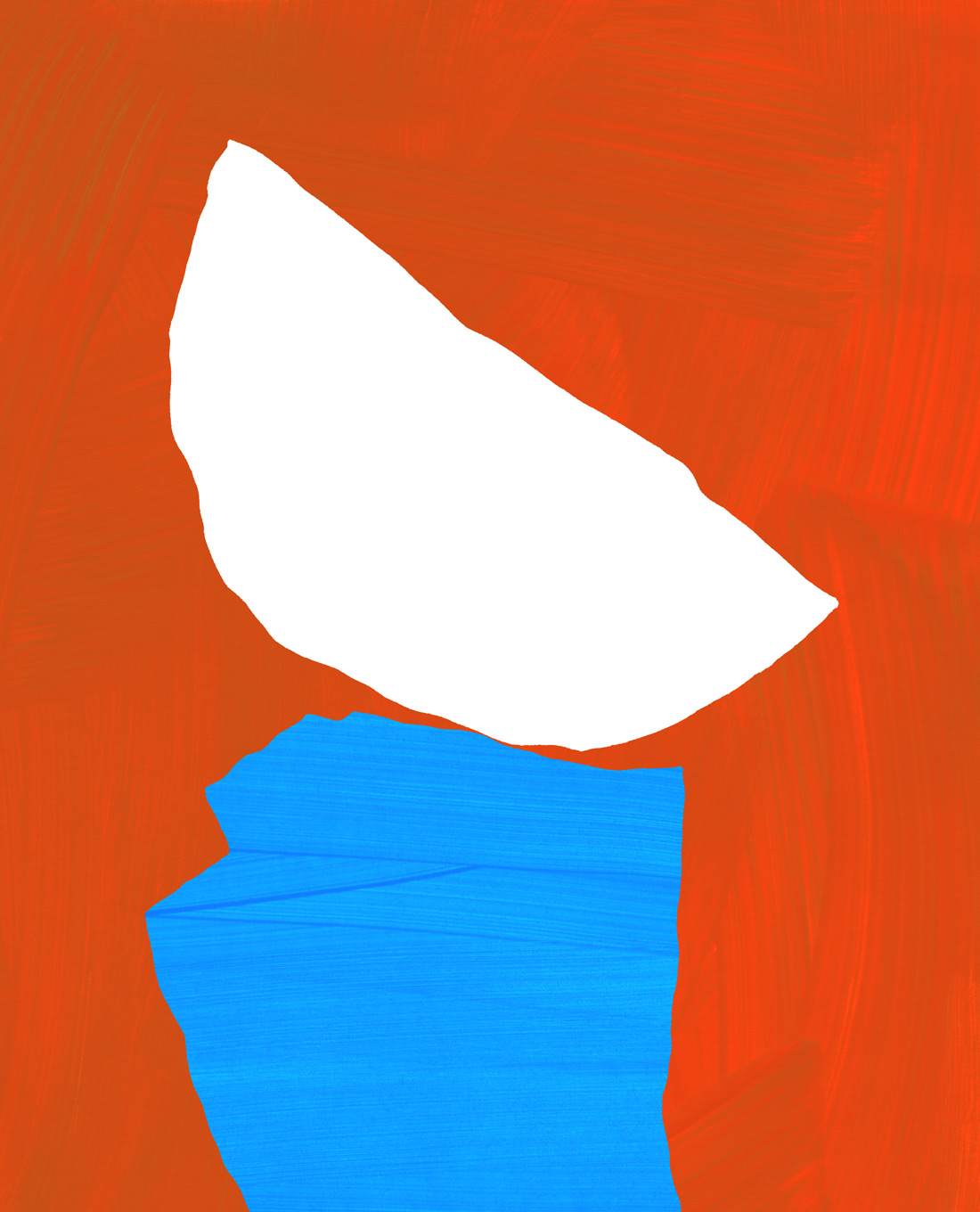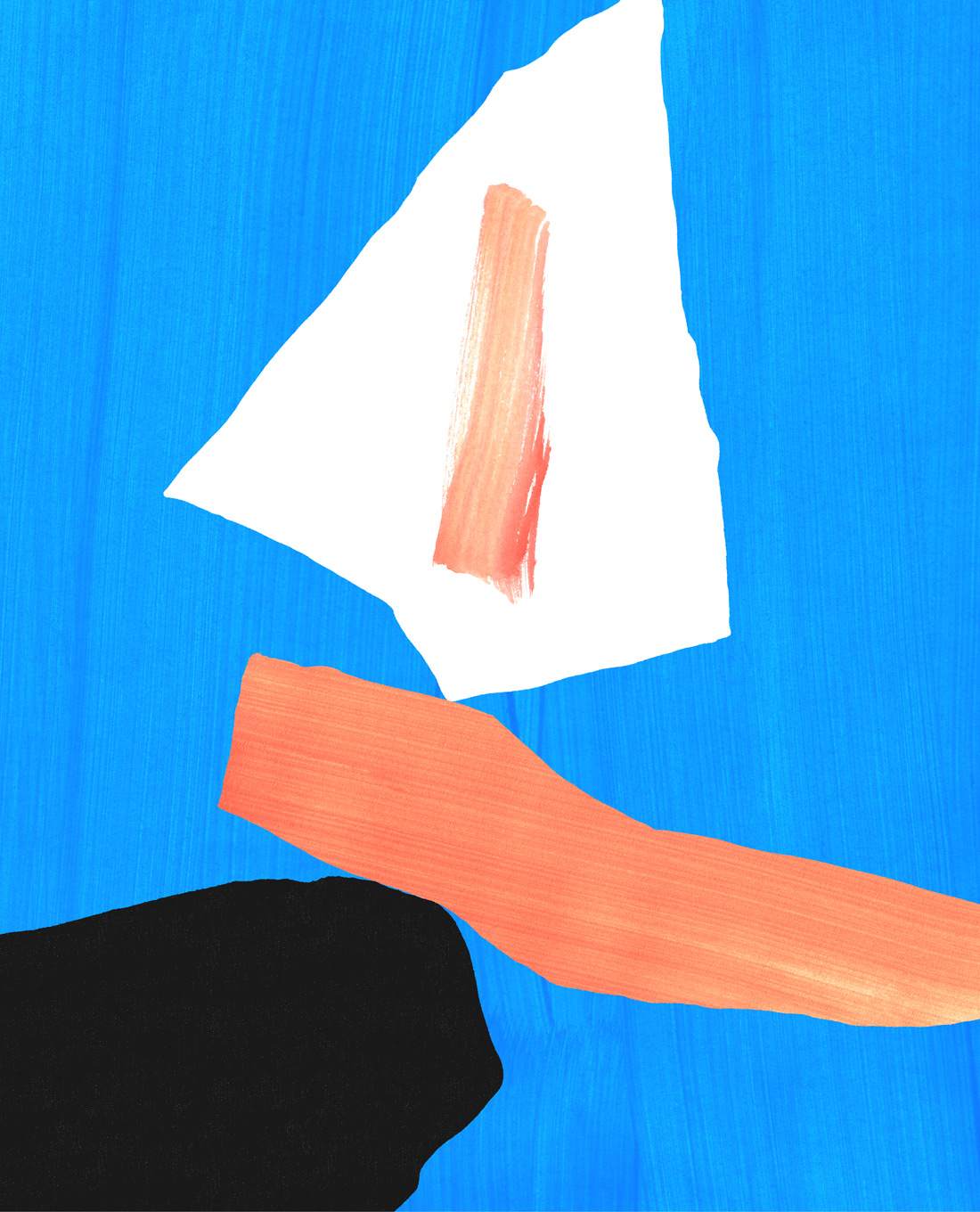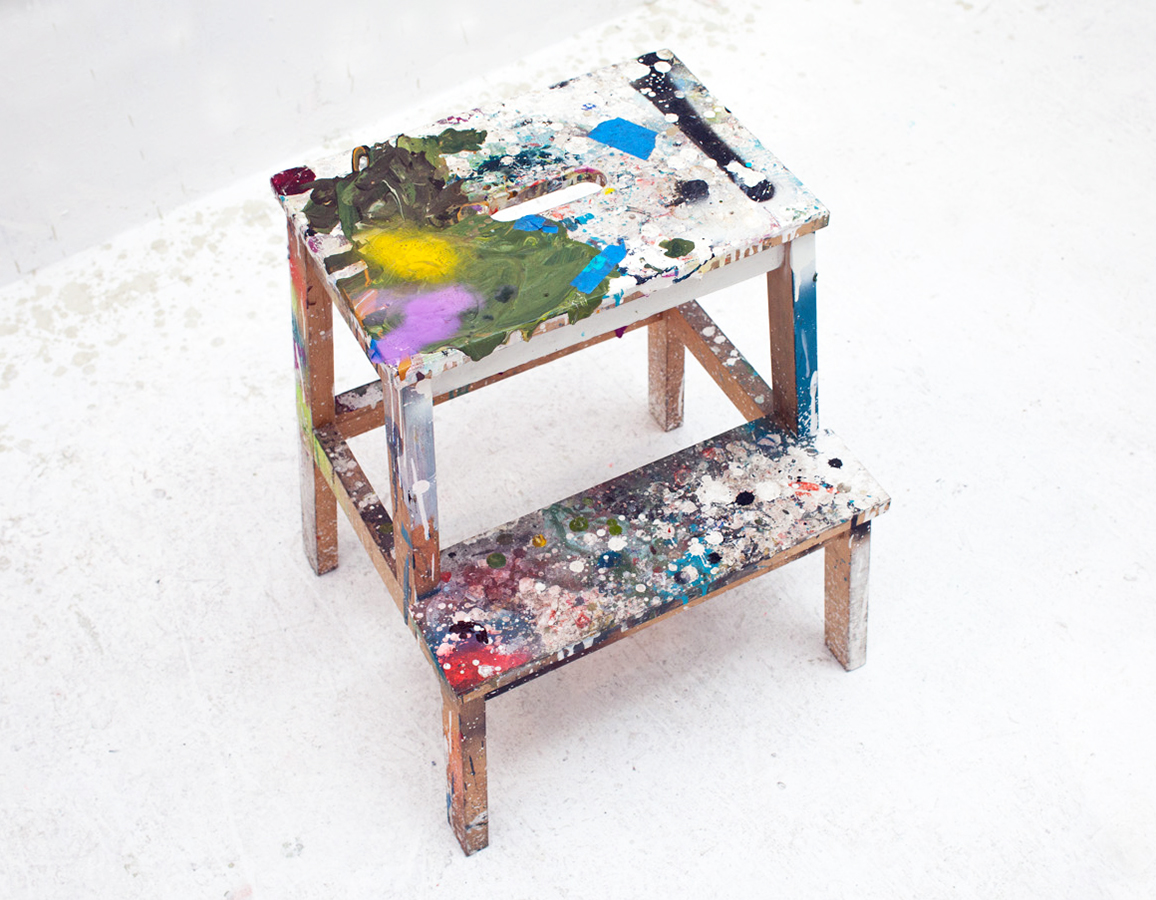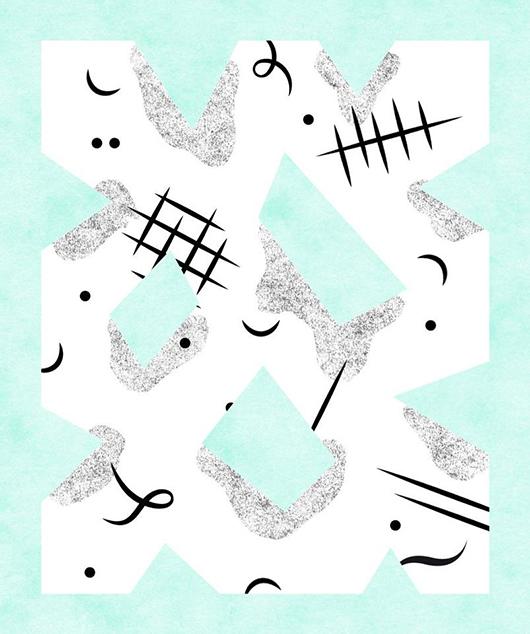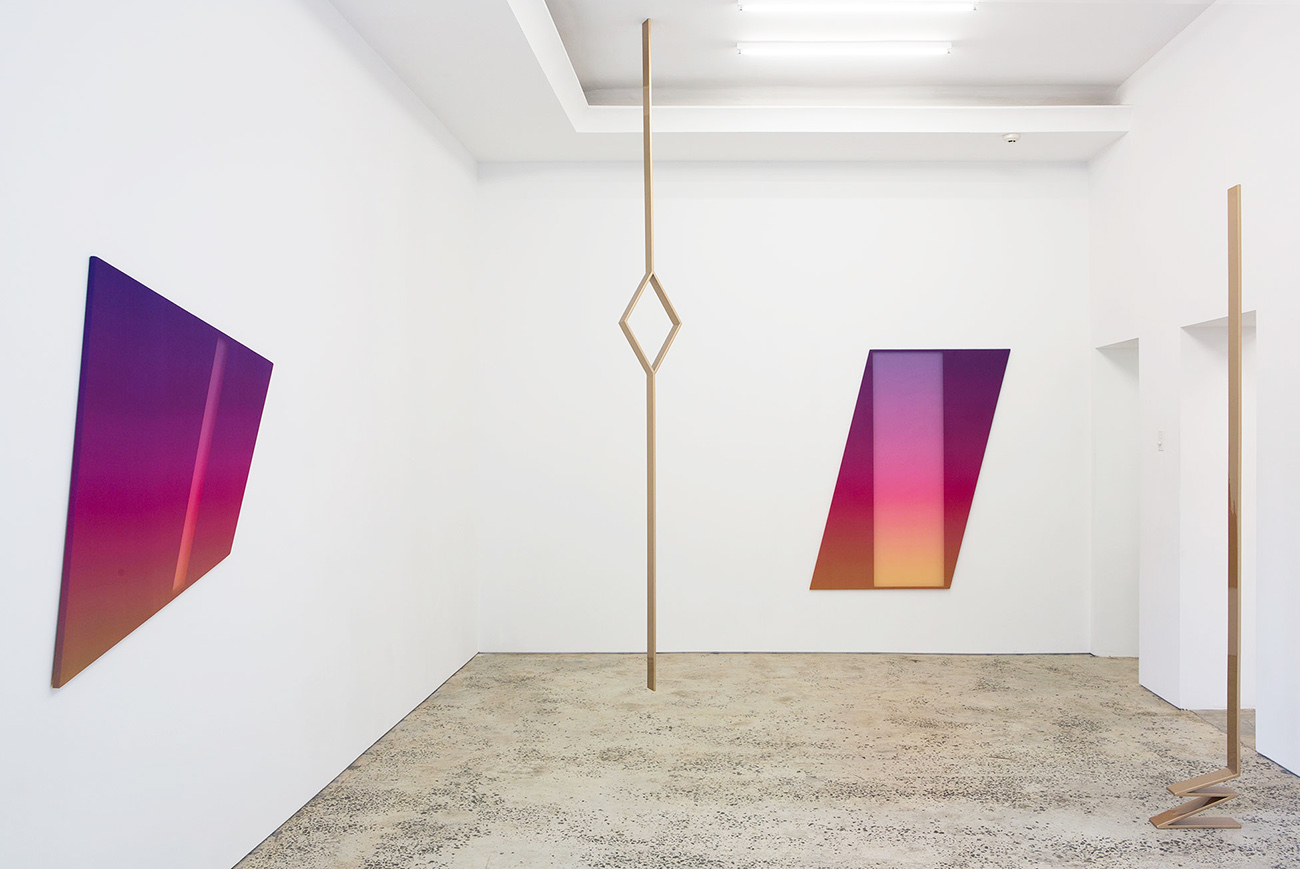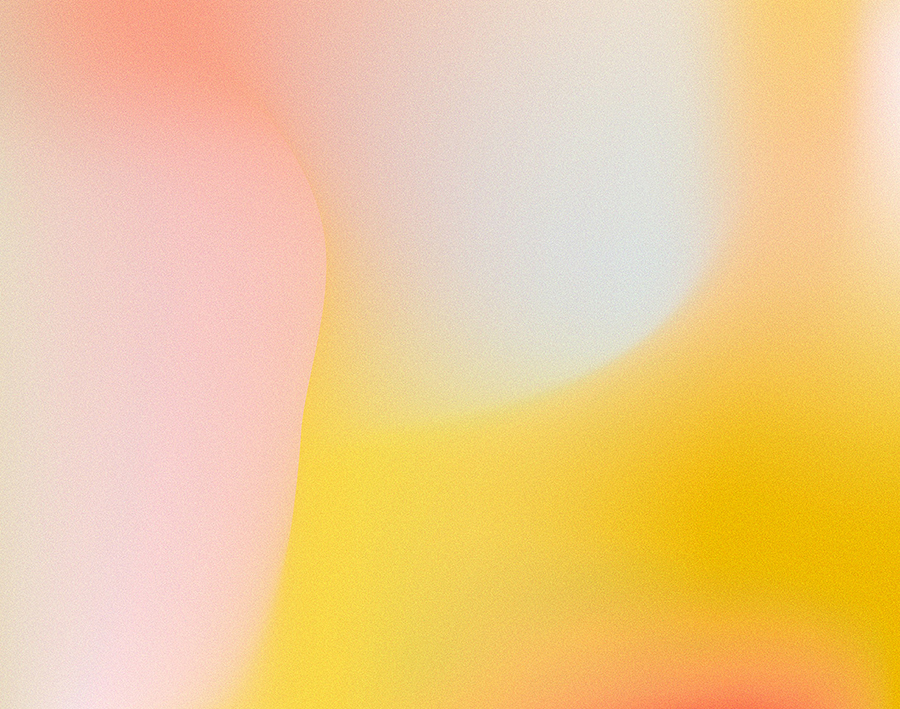
08.30.18
Q+A
The Mesmerizing Color-Field Paintings — Both Digital and Canvas — of Artist Ana Montiel
Questions about the nature of perception — the what, why, and how of consciousness — have been driving the work of Mexico-based artist Ana Montiel lately. And while any definitive answers to such age-old puzzles remain elusive, Montiel’s work provides a kind of aesthetic response, making those mysteries both visual and material. There’s a mesmeric, meditative quality to her canvas and digitally-created color field paintings, reminiscent of the Light & Space art of the ’60s and ’70s. Something quietly active occurs while viewing them, though the works themselves are static; engaging with her pieces and the ideas behind them can encourage a kind of headiness, but her work is also just a pleasure to look at.
In the last few years, Montiel has shown internationally at galleries, as she’s moved around the world herself. Montiel was born and raised in Logroño, Spain. Pursuing her BFA brought her to the University of Barcelona, and she stayed in that city for over a decade before moving to London. After five years there, a visit to Mexico City convinced her that’s where she wanted to be. “When I got back to London, I gave away around 95 percent of my stuff and moved, with just two suitcases and my elderly cat.” It’s been a productive, generative shift for Montiel. For over three years now, she’s made her home in Tepoztlan, a village about an hour outside of Mexico City. “The rural pace tames my hyperactive mind and lets me concentrate on my practice.”
The intensity and commitment she brings to her artistic process — from reading in-depth about quantum physics and neuroscience to experimenting with altered states — is visible in what she creates but it’s also balanced by a lightness and ethereality. We recently got in touch with her via email to learn more.
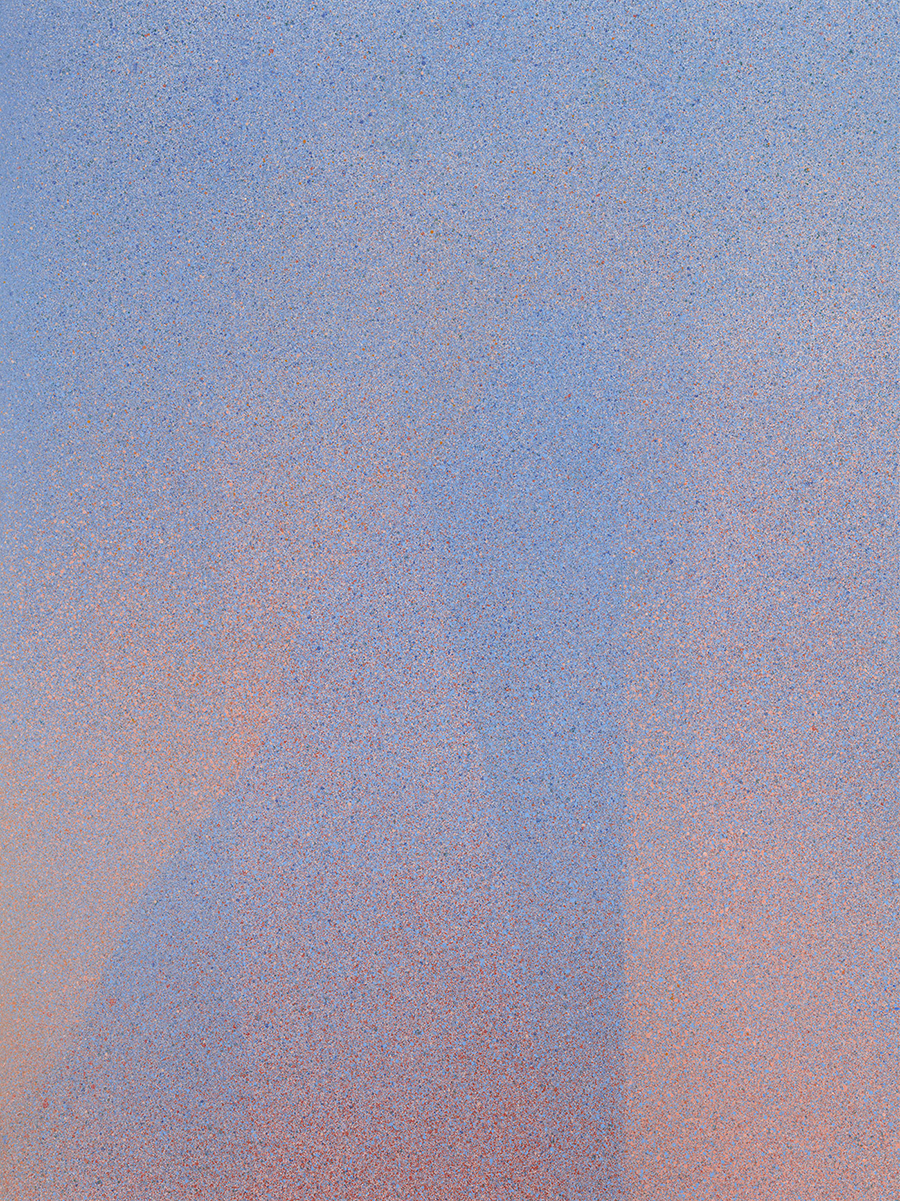
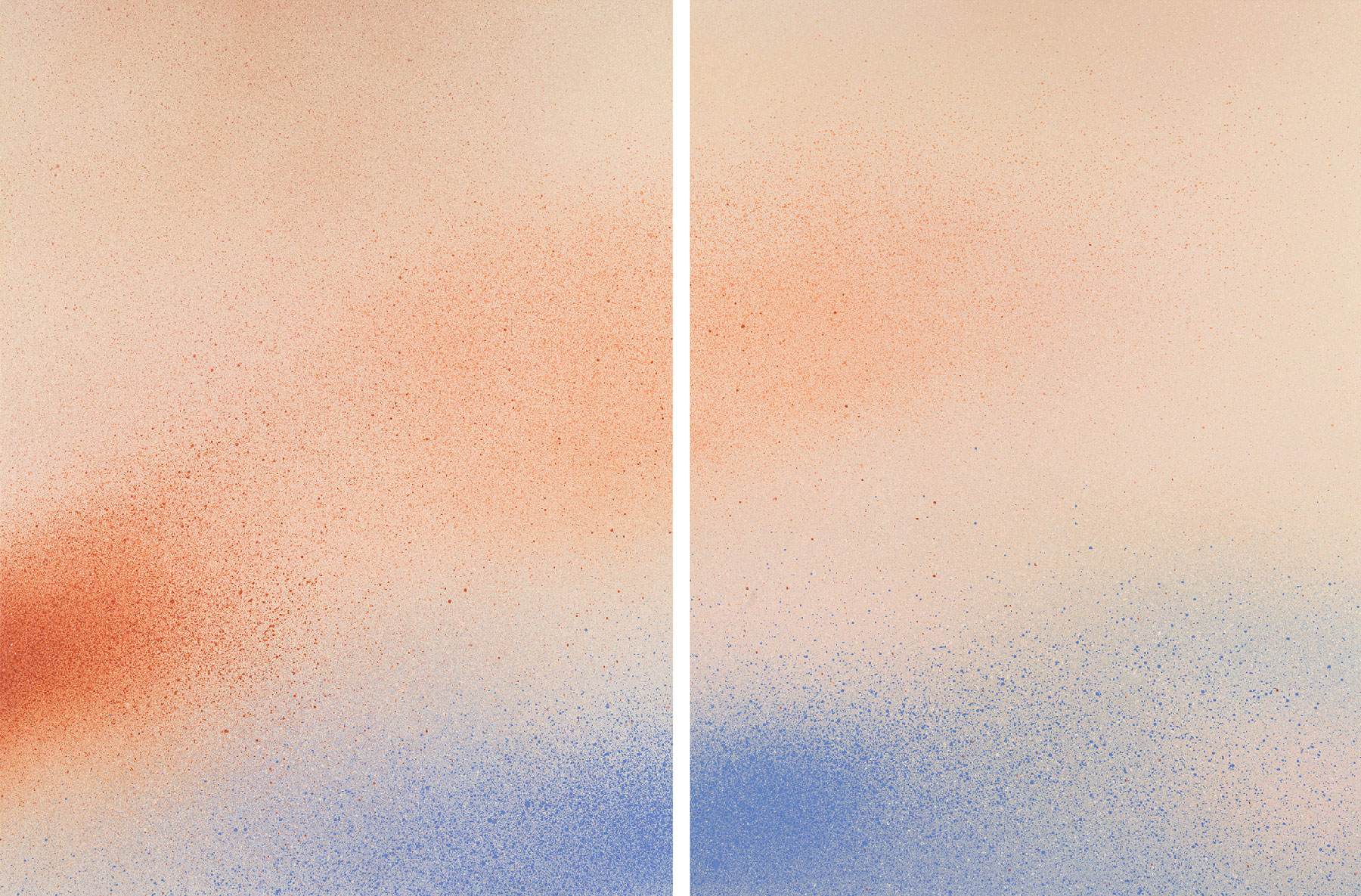
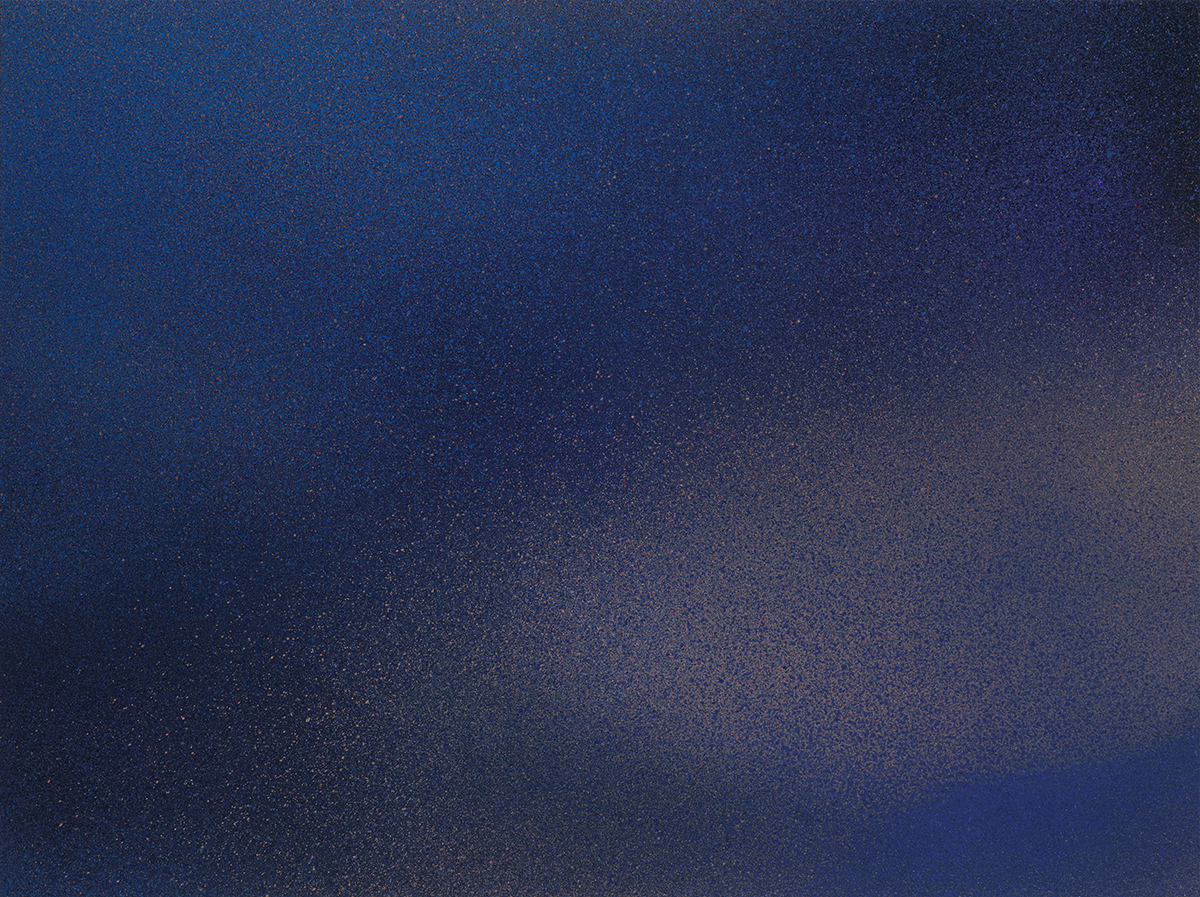
Can you tell us about your process?
When I paint, I try to first get into a state of concentration, some sort of trance. I get there through music, Kundalini, breath work or something along those lines (my painting doesn’t work well if my state of mind is the one I have when I do my taxes or reply to e-mails).
I start mixing a few colors, then I apply them with a spray gun. I examine the paintings carefully, continue mixing new hues that I feel could work well and continue layering new colors until I feel I need to let the paintings rest. Some of them have around 15 layers of color but others may have up to 40! It’s a gamble, I always want to add a bit more detail to enrich the colored grain but each application carries a risk of ruining the whole thing.
I actually would love to spend more time painting but all the ideas in the background take more time than the actual paintings, at least that’s what’s happened until now. Each project asks for something different: I spend my days reading, thinking, writing, and testing things. This constant flux of ideas influences directly my practice in different ways. I also try to make my subconscious mind an active collaborator in my practice in different ways. Very often I wake up from my dreams to write down ideas for pieces, projects, sentences, titles, etc.
During my student years I was more passionate about sculpture, installation and photography than about drawing or painting. There were so many students focused on channeling the archetype of the sacrosanct painter that I got a bit turned off by the idea of it. My impression at that time was that it had too much to do with feeding the ego of the character you were creating. It wasn’t until many years later that I found a way to get closer to painting, believing that this medium can be as selfless and ethereal as it is for me now.
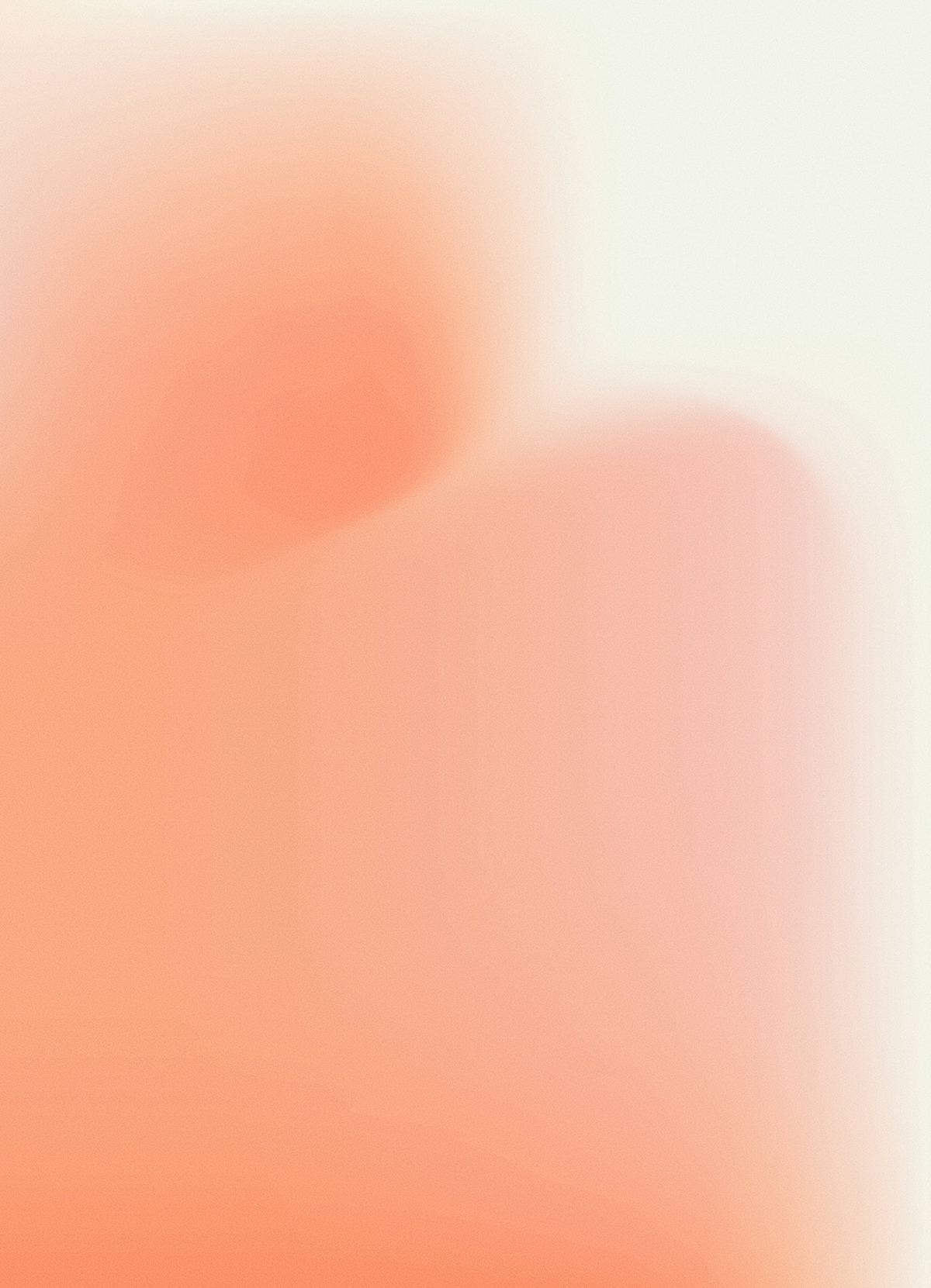
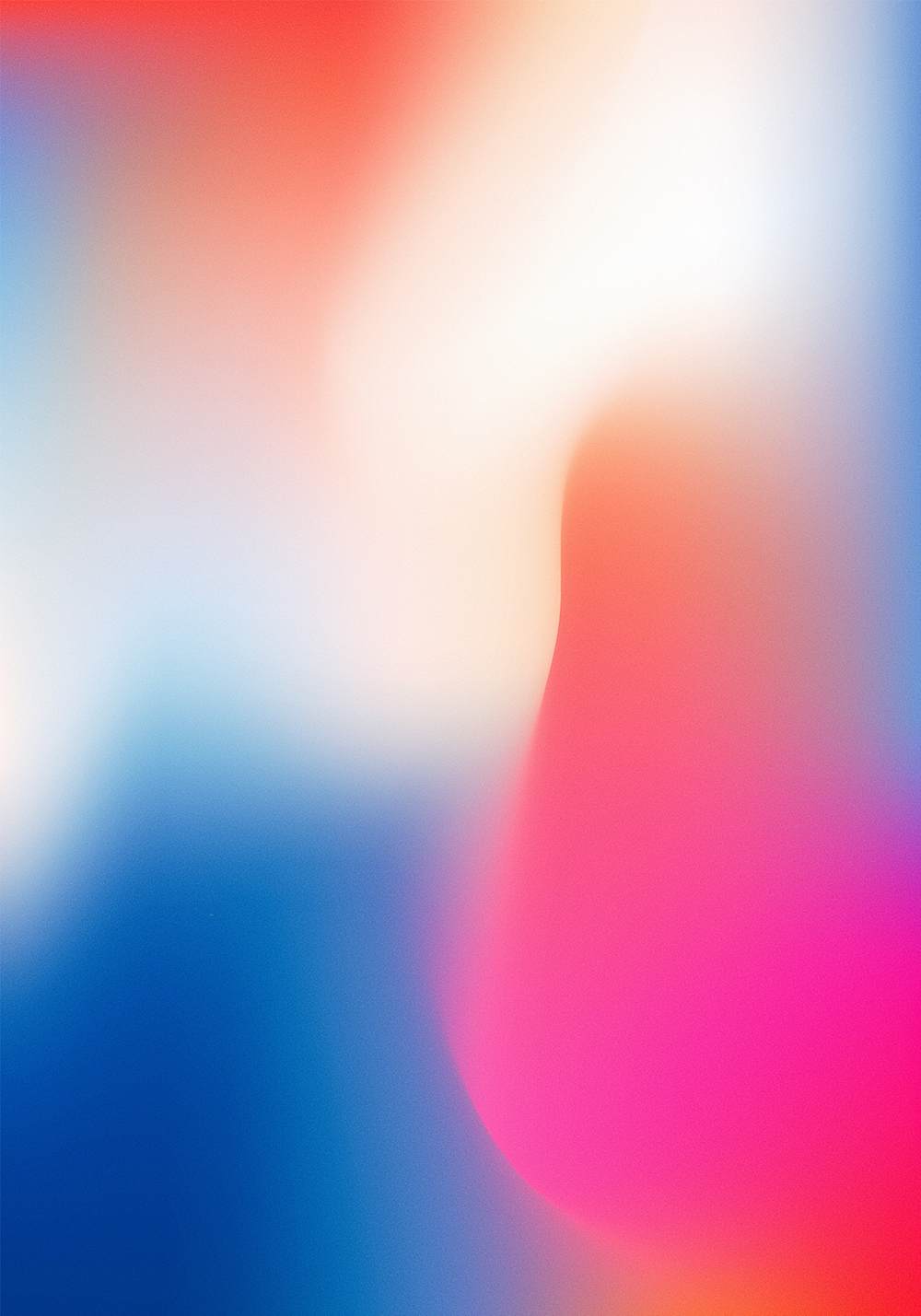
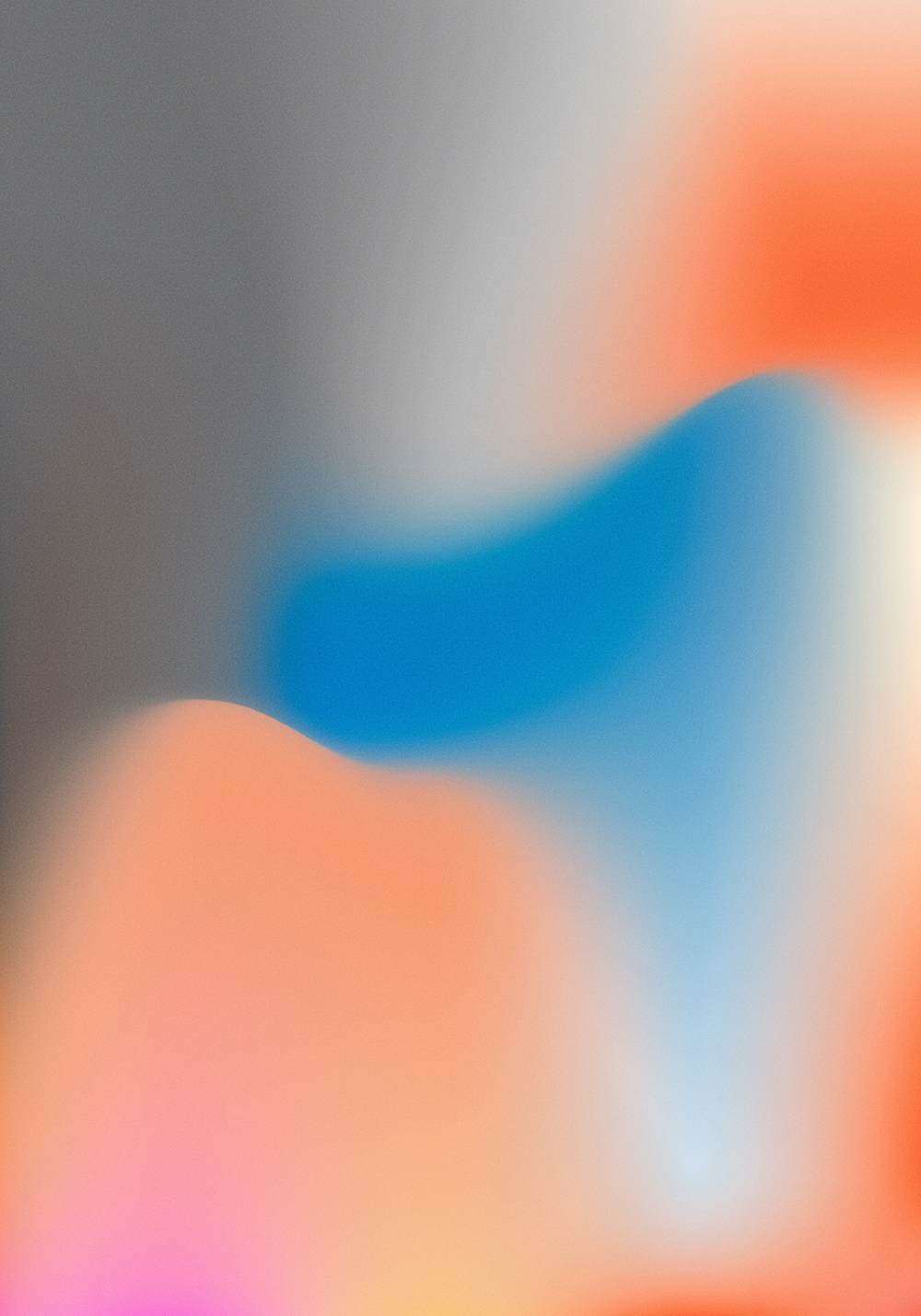
To what extent is your work created physically vs. digitally?
I embrace both the digital work and the so-called physical one. After reading so much about quantum physics and that what we perceive as solid I decided not to make distinctions with my artwork and its mediums. Artwork is artwork, period. Even if it’s still inside your head! I feel it already exists as an entity at that point.
The Fields series was intended as a tribute to the intangible, so for the artworks to be binary code made sense to me. By binary code, I mean that the artworks are native to the digital realm. They are essentially ethereal data files that sometimes manifest in more “solid” media, like printed perspex or canvas.
However, after giving much thought to this, I believe that painting or sculpture can be as intangible and ethereal as binary code. All solidity is just an illusion created by our senses. Some Fields artworks have been translated into material supports in order to be exhibited. I’ve printed some of them directly onto clear acrylic sheets, others onto Dibond aluminum or onto paper… it depends on the occasion. For the new paintings I’m making with different spray guns, I work with stretched canvas mainly but I’m also experimenting painting directly on acrylic sheets, wood and other materials.
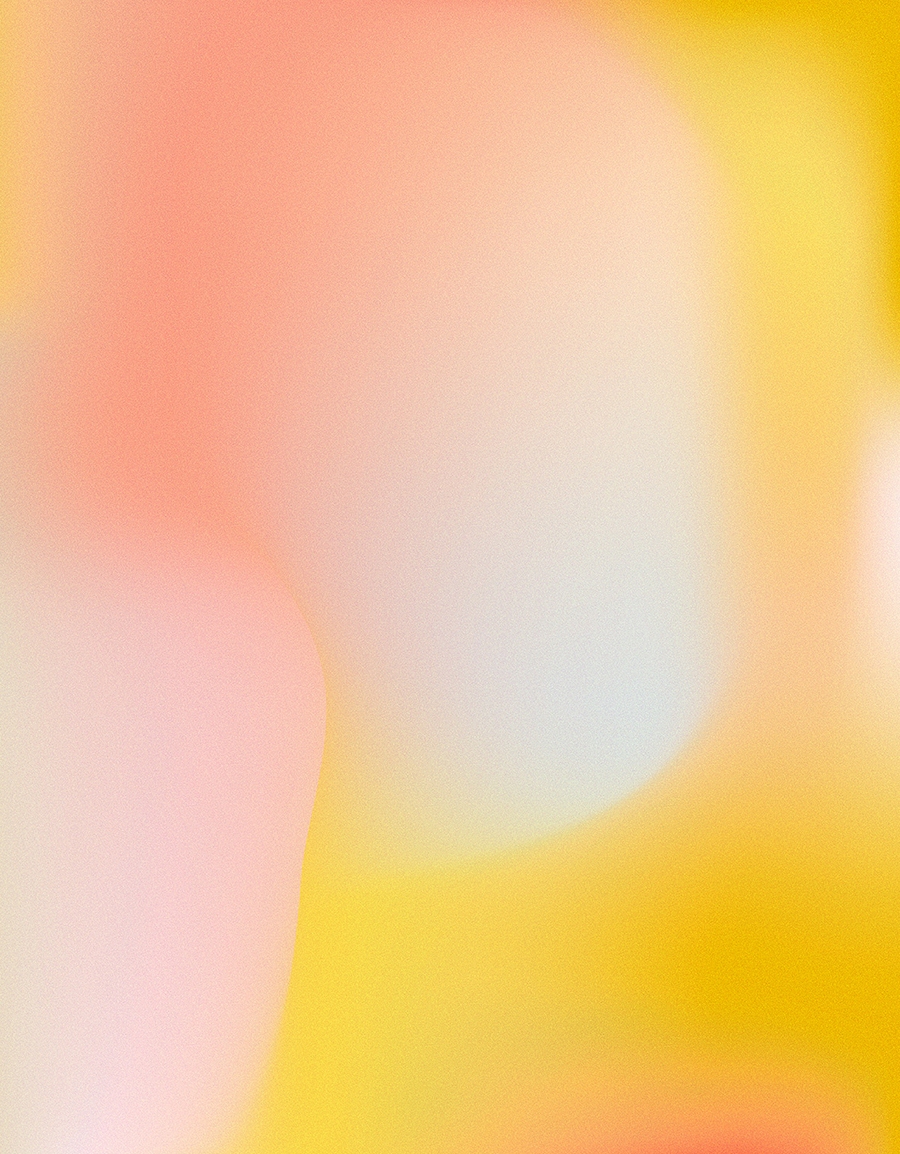
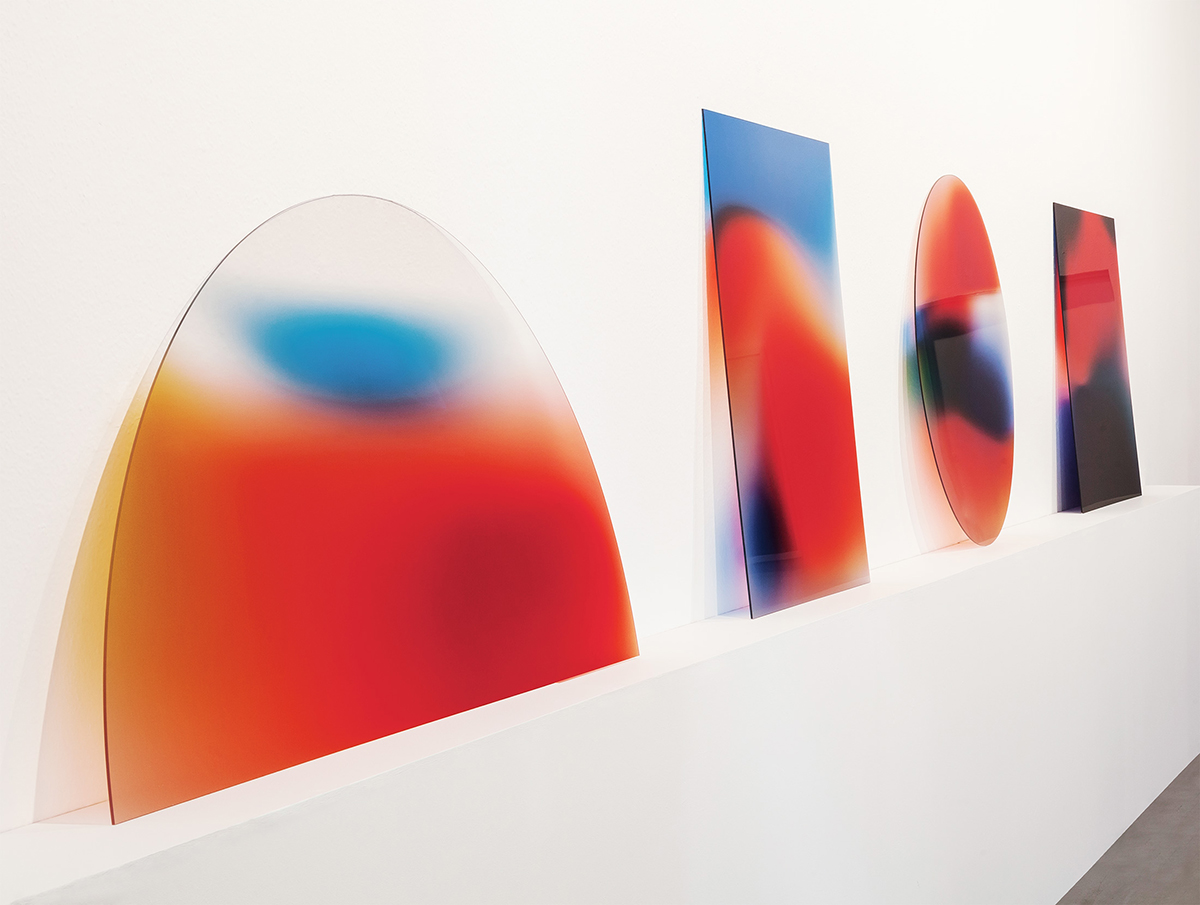
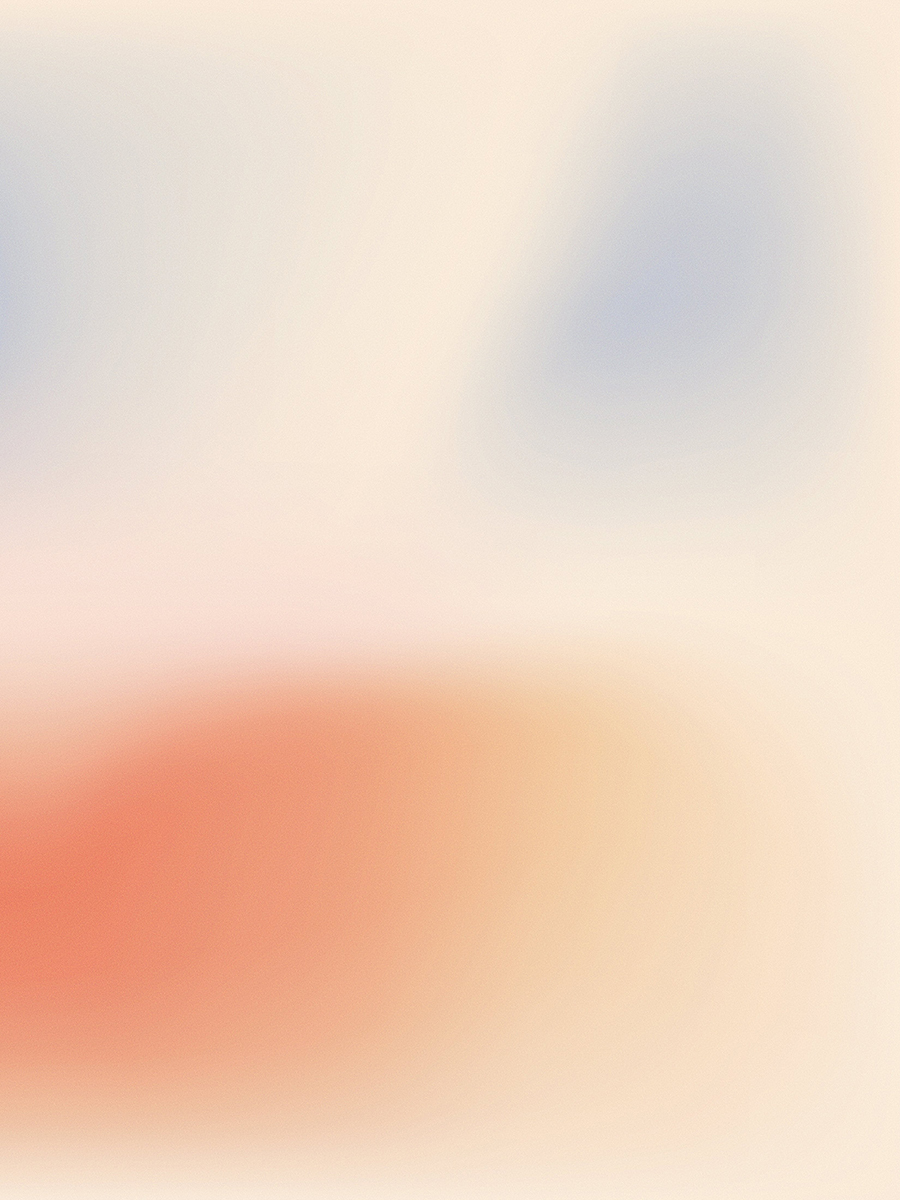
Your work, for a while, has tended toward abstraction but most recently it’s taken on this almost magnified and dissolved quality, at least in your most recent paintings. What’s prompted this direction in your work?
I think that lately my paintings have been getting blurrier and in some way dissolving, together with my beliefs. The more that I’m researching and meditating on these matters of consciousness, perception, the idea of reality and such, the more I see that everything is just conjecture. I think it can be freeing to accept all this and to play with it. I feel like this stage I’m in at the moment for me is about “dissolution”… but maybe after it, comes a rebirth based on an evolved perception of all these ideas, like waves layering on top of one another.
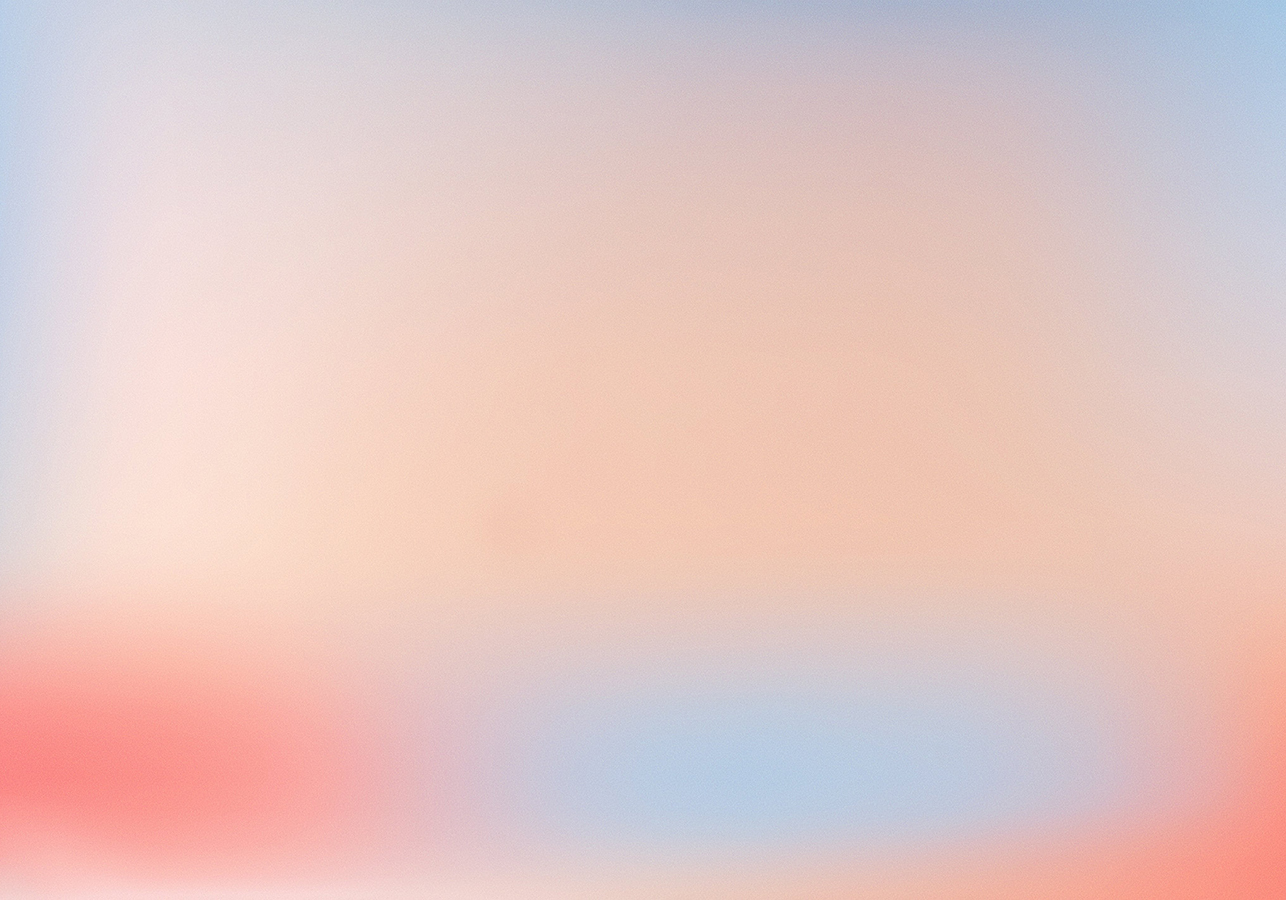
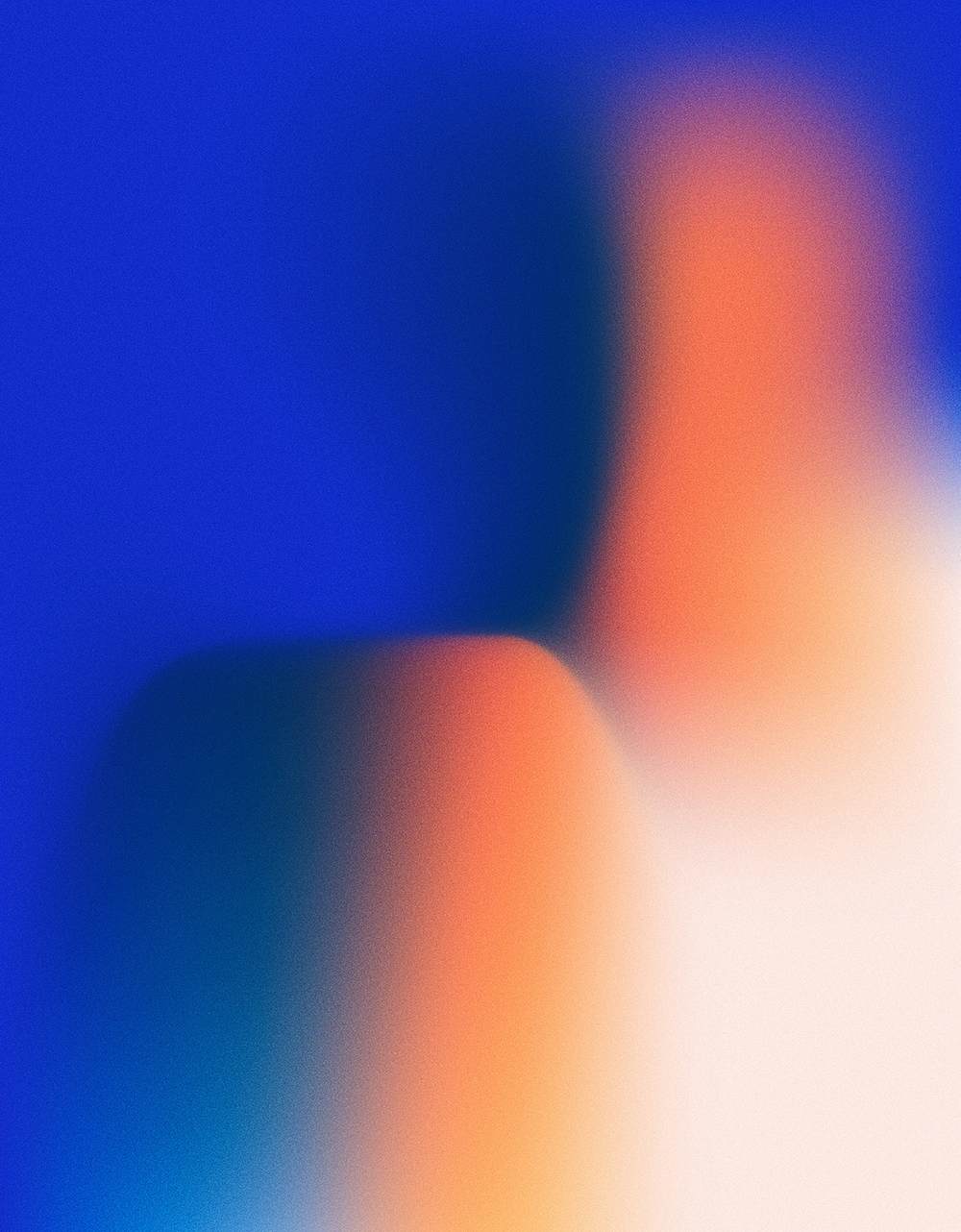
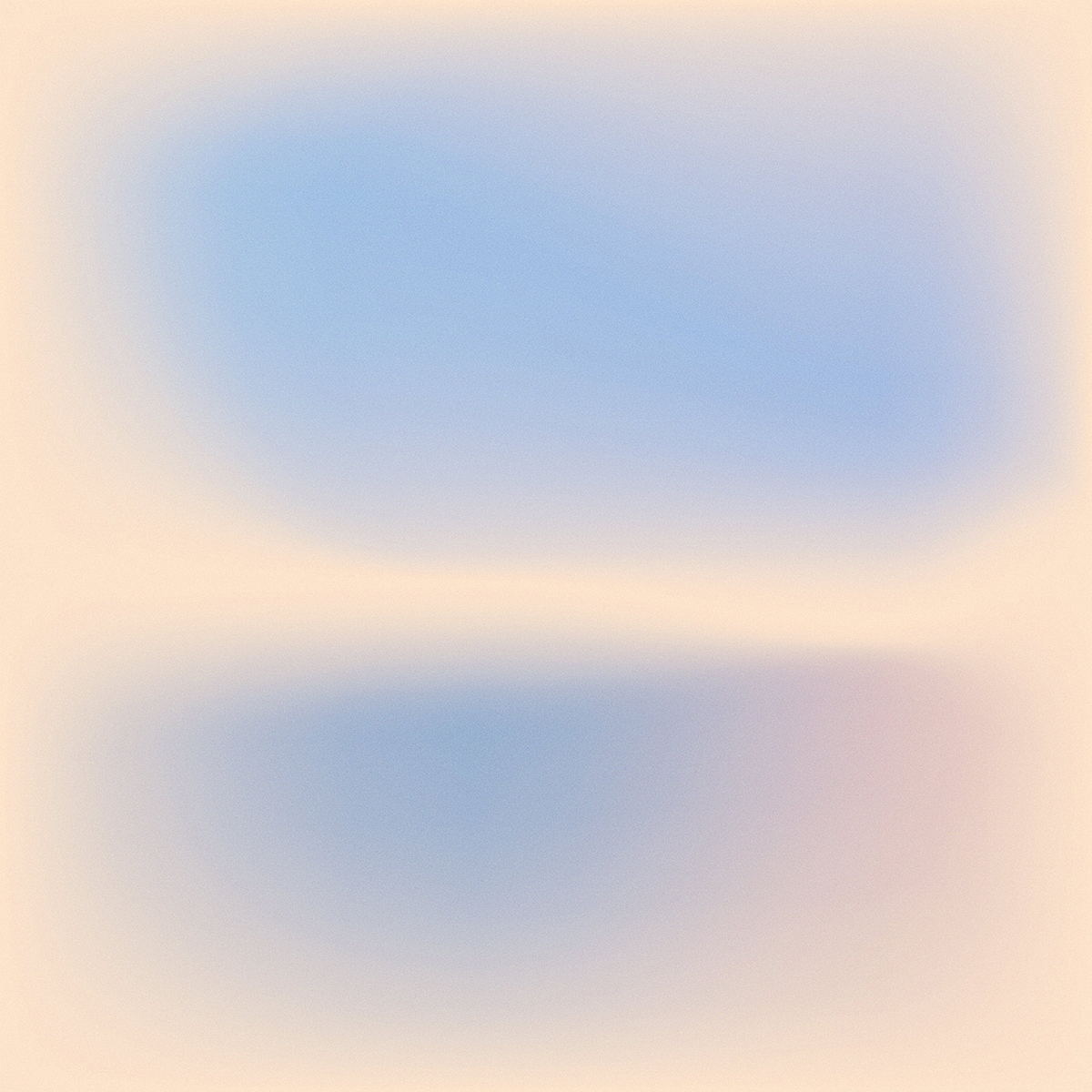
How do you approach the use of color in your work?
I’ve studied the subject of color theory and have found it useful over the years. However I believe that working with color more freely while following your intuition can take you to more personal places. For me the most important thing about color is observing carefully your surroundings, training your eyes. I’m continuously blown away by unexpected color combinations in nature, or in random places like a stain or a chipped wall.
Are there artists (present or past) whose work you feel is in a kind of conversation with your own?
Not sure which conversations my work is part of at the moment, but I guess time will tell. Until now, I’ve tried not to get too close to the work of other artists not to be influenced too much by it and mirror them. I feel that we already have so many influences that we can’t avoid that I prefer trying not to feed the conscious ones, if I can. However, I love the journey into the unknown of Hilma af Klint, the mystical quality in James Turrell’s work, the reflections on Zen and spirituality by John Cage, the poetic use of technology that Olafur Eliasson does, the use of symbolism in Maya Deren’s work, the boundless avant-garde spirit at the Bauhaus, the visionary ideas of Buckminster Fuller…
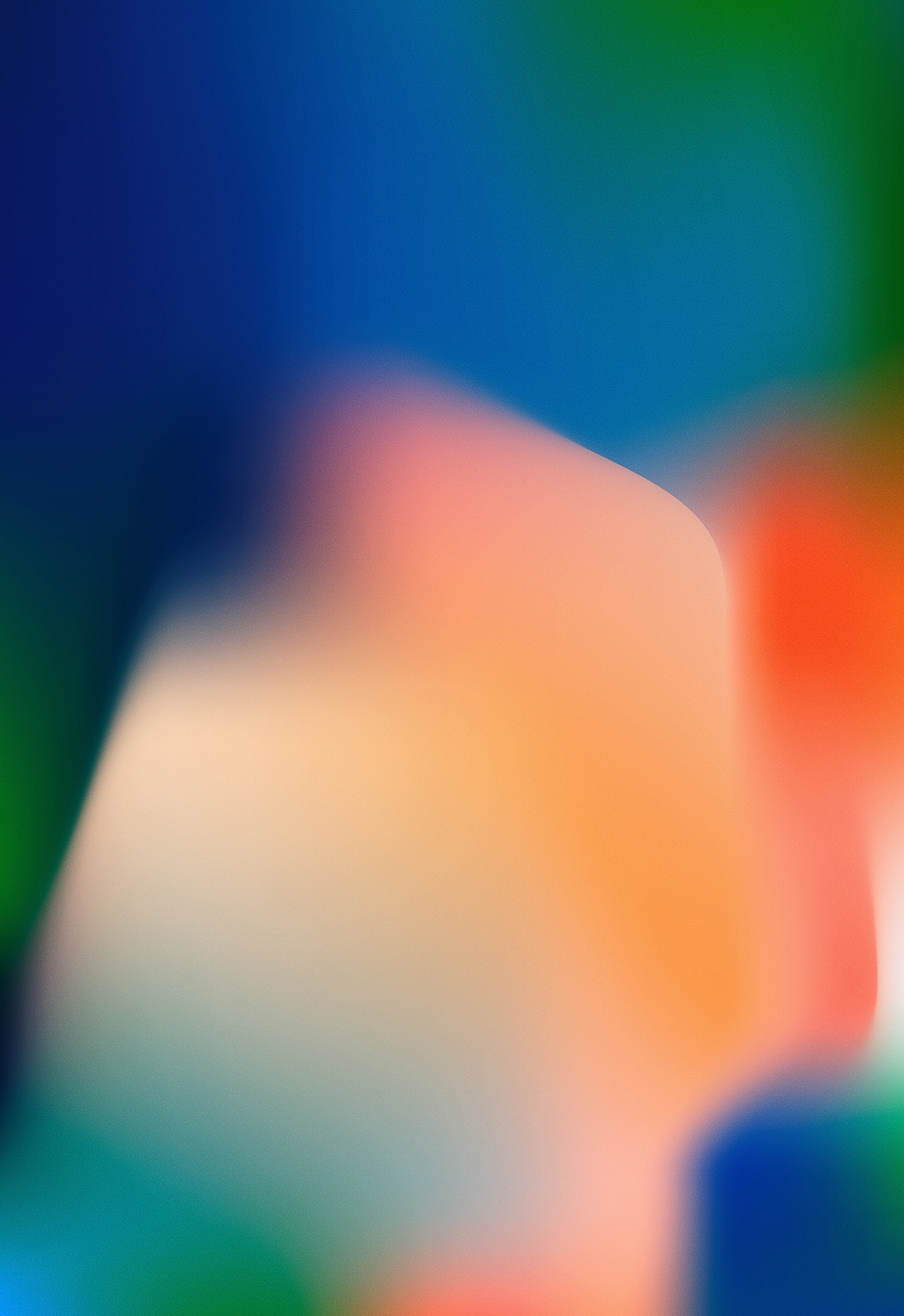
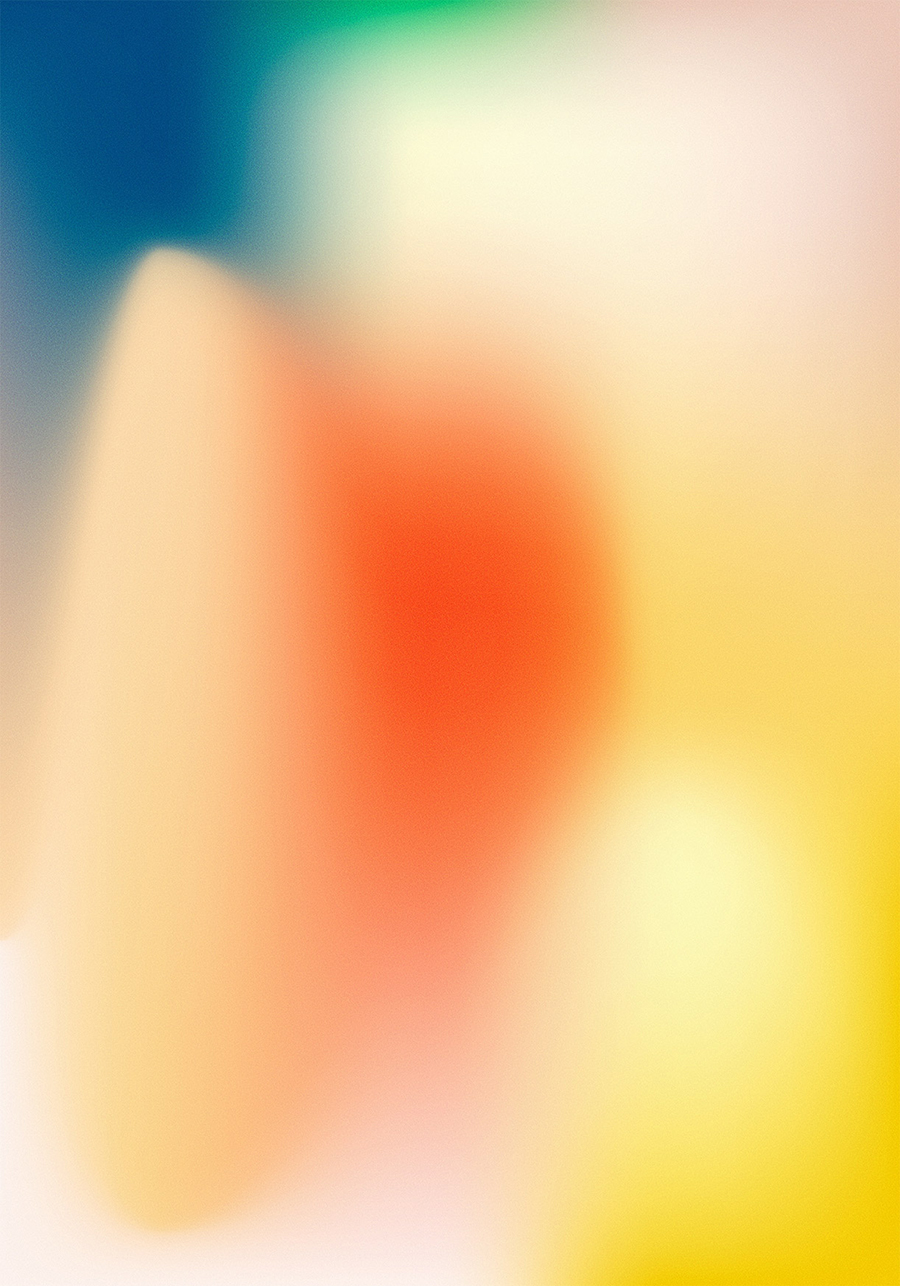
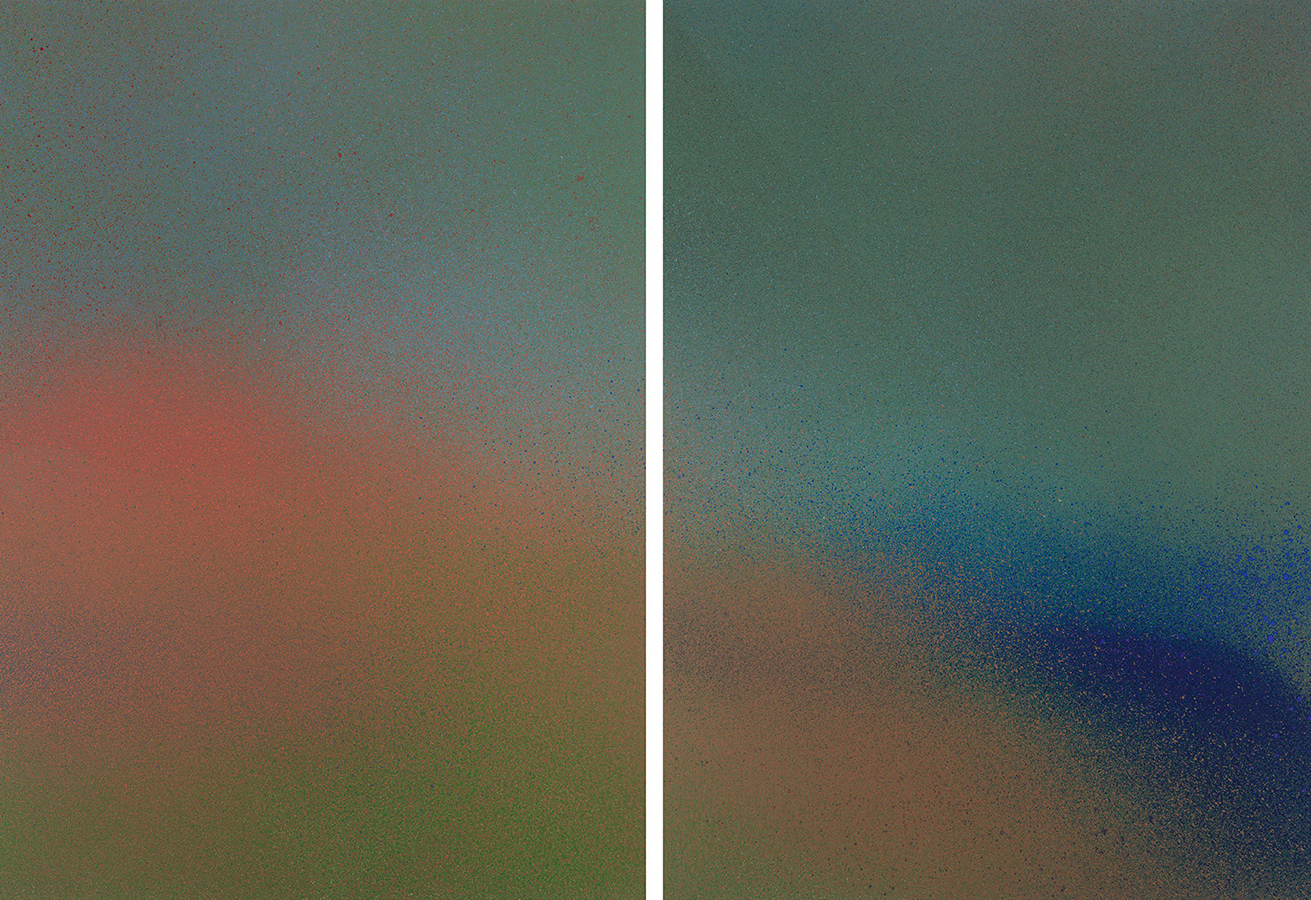
You’ve noted that your work is invested in exploring perception. Can you tell me a little more about what this means to you?
From time to time I have what I call my “phenomenological crisis”… this puzzlement is the basis of my recent work. Neuroscience states that reality is a collective hallucination. Quantum physics keeps getting weirder and less tangible each day. I often wonder if we as humans really have the capacity to understand what’s really going on in life. Our perception is biased, our senses create “facts” based on conjectures of what they think they are perceiving. They are not objective and it frustrates me that we may never know what the reality is. However, reality is such a complex term, as a “black and white” reality will never exist… there will always be a very rich grayscale made up from the impressions of each observer. And what role does consciousness have in all this? Is it the main character in the movie? Is it the one that makes it all happen? Are we the ones creating the whole thing? Is this experience a simulation, as some quantum physics theories state? If so, a simulation of what? Who designed it? Why?
I could go on for ages, but the only thing I know in the end is that I don’t really know. The more that I investigate, think and discuss about the subjects of perception and/or consciousness, the more that I’m perplexed by them – but in a good way! All this mystery and intrigue captivates me.
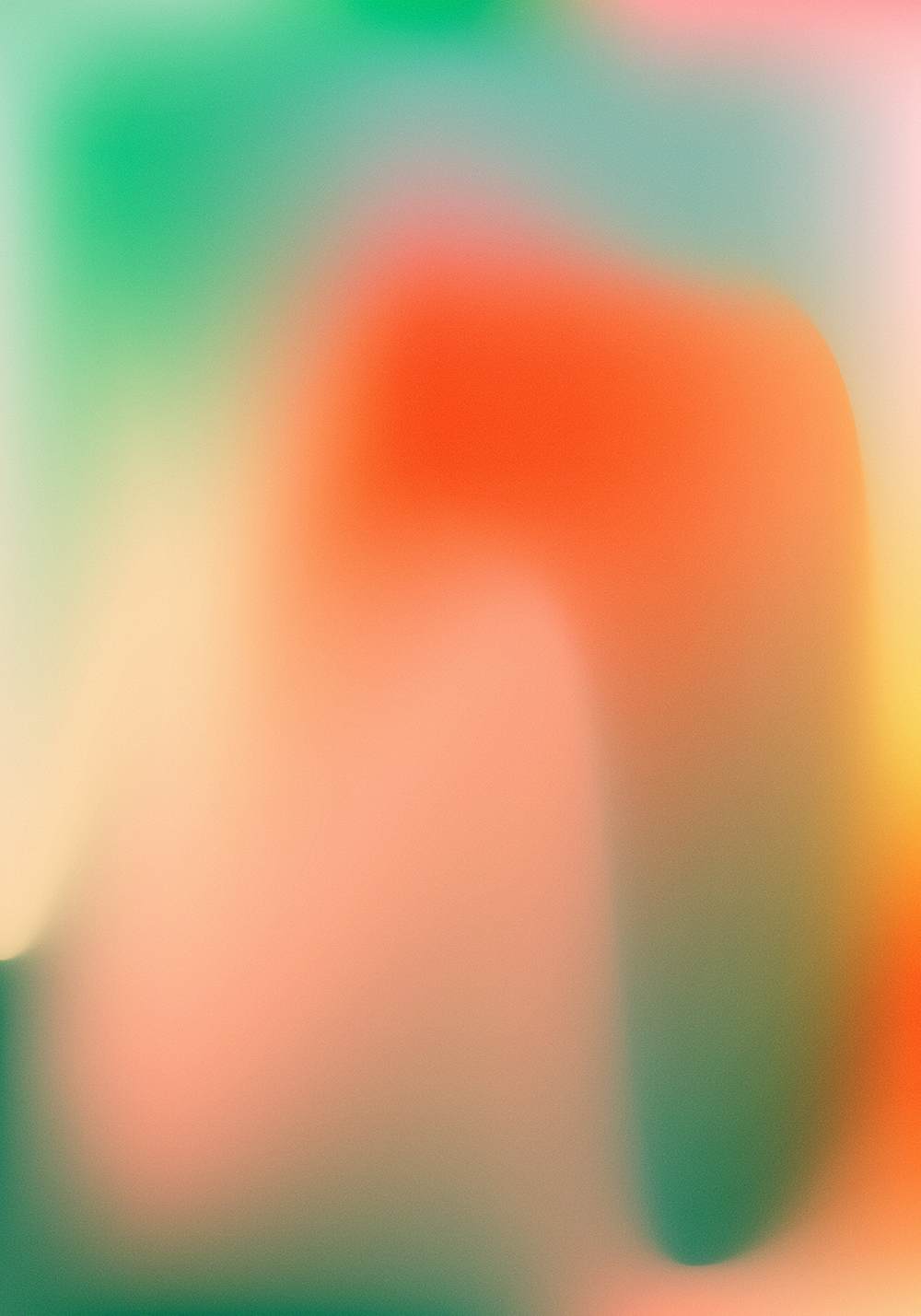
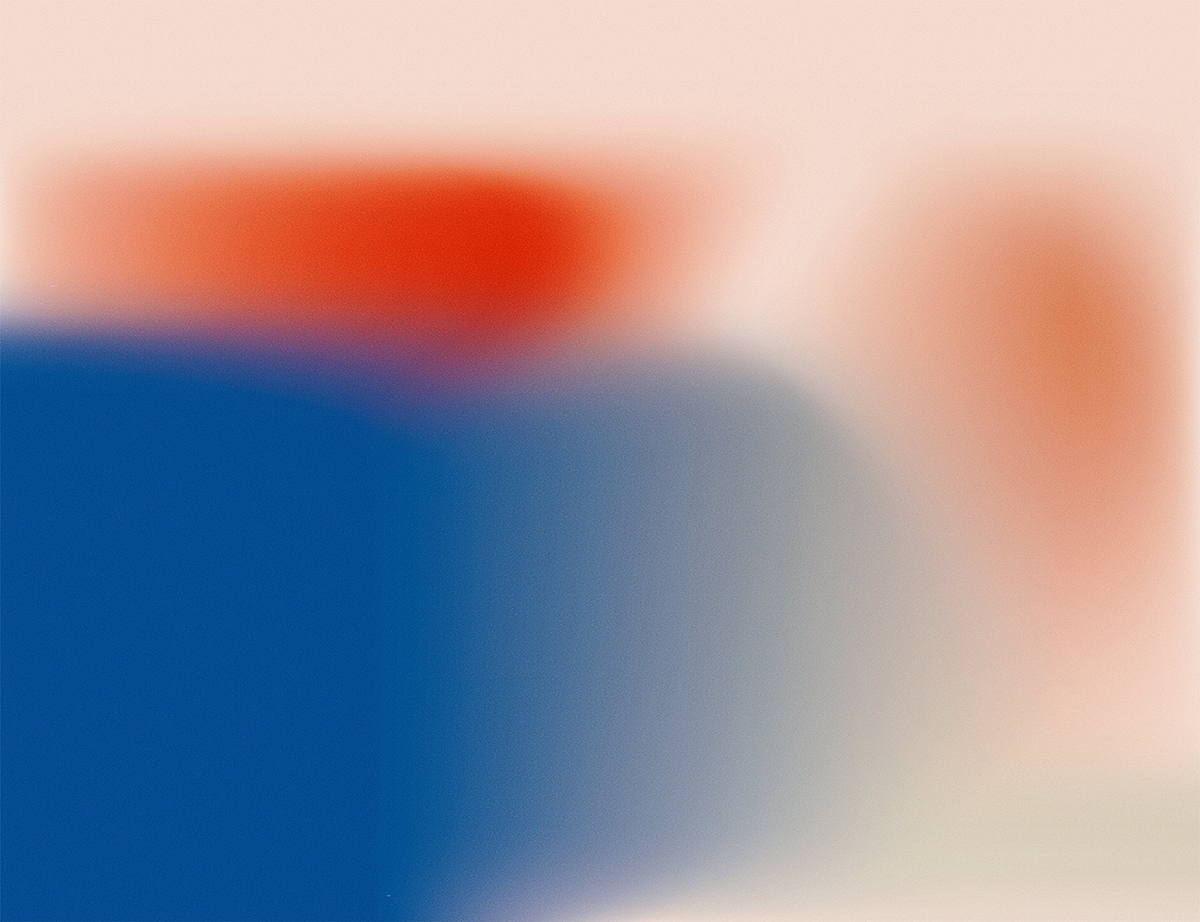
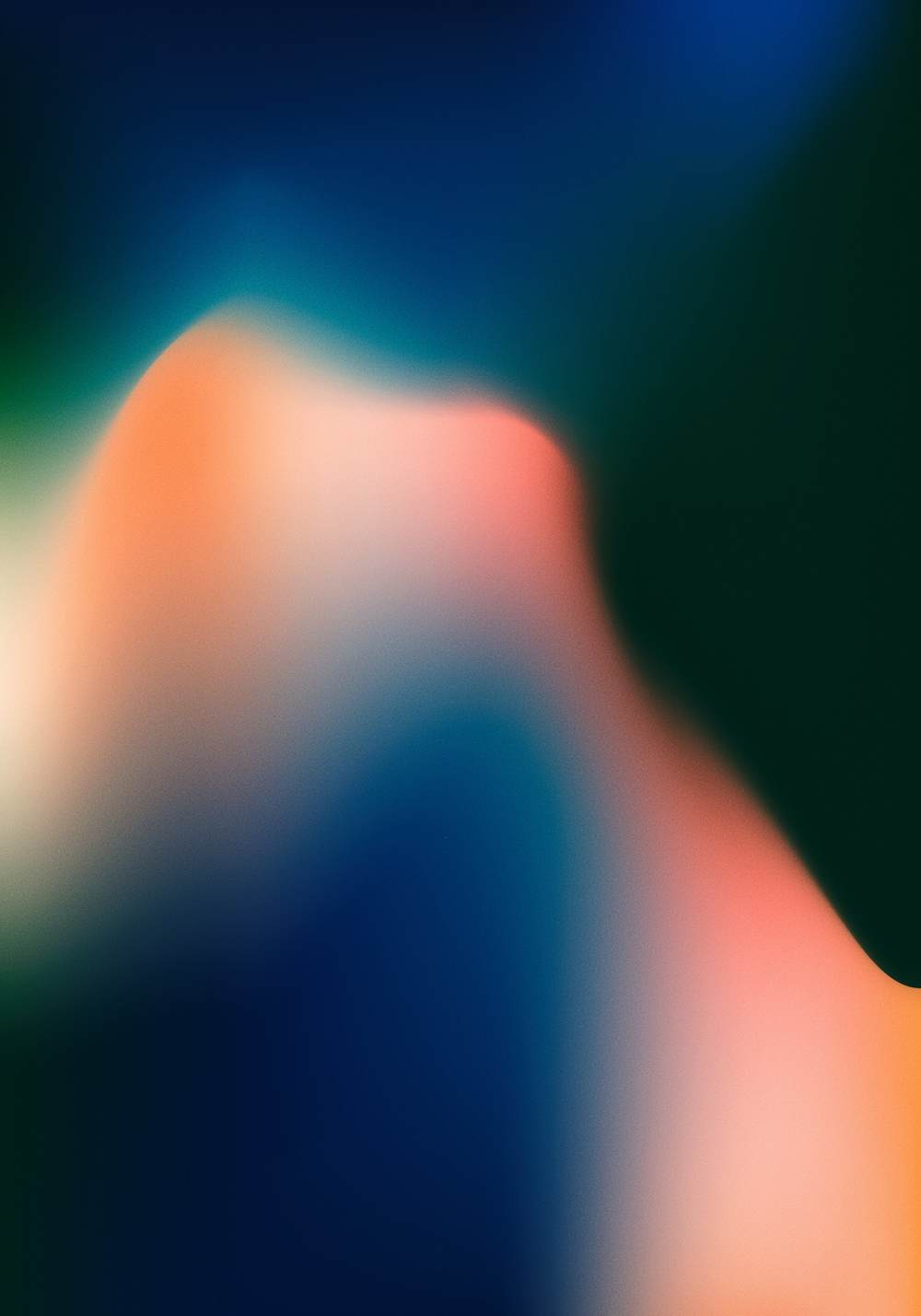
What do you keep around your studio or home for inspiration?
Since my move to Mexico, I’ve tried not to hoard as many things as I had when I lived in London or Barcelona, so my approach is quite minimalistic and functional. I feel that what inspires me the most is my garden, I see it from each of the rooms in the house, and I often work outside. I never get bored of admiring the changes of the seasons in the mountains or learning about the wildlife and greenery from this environment. I also love and have a lot of books, I’m addicted to information and I’m always reading about the most diverse subjects.
What are you currently working on?
I’m working on many new pieces at the moment. Researching, trying new techniques, producing at a larger scale. Soon I’ll be part of a couple of group shows, and in early November I’ll have a show in collaboration with Sol Oosel at the outdoor gallery josegarcia,mx has in Merida, Mexico (I’m really enjoying the challenge to produce work for open spaces!). Early next year, I’ll be having a solo show at josegarcia,mx’s main gallery in Mexico City, and at the same time I will also have a few pieces on display at Peana Projects’ booth during the Zona Maco art fair in Mexico City. Come and visit during art week, it’s always a lot of fun!
